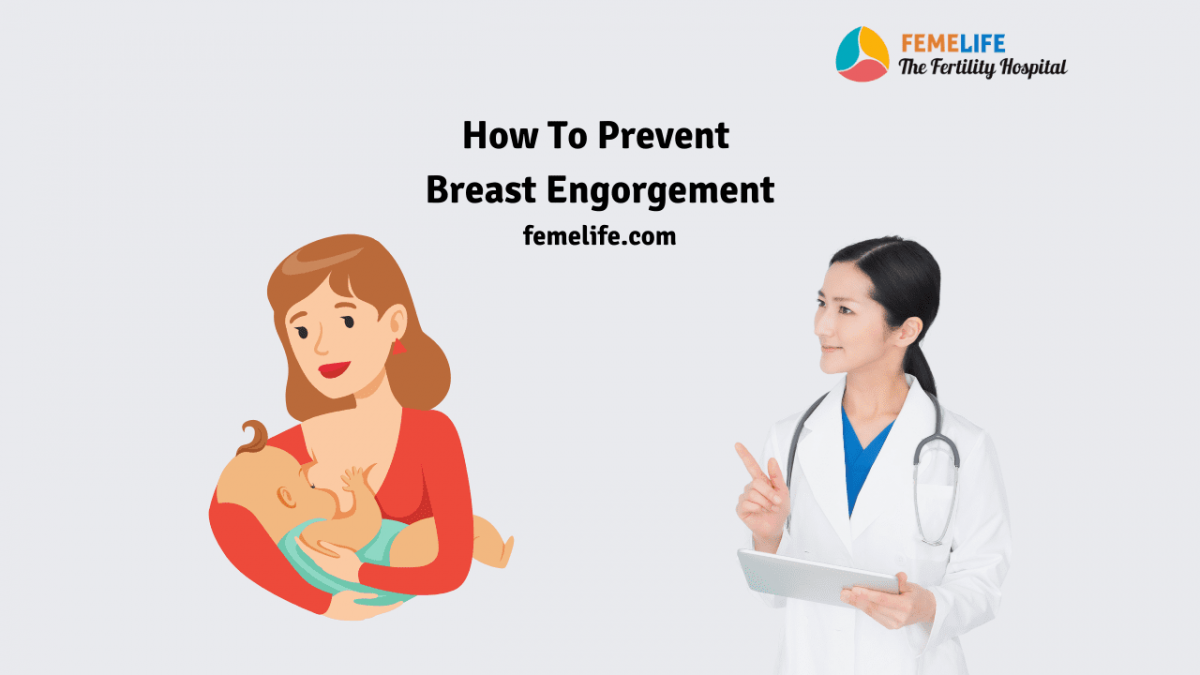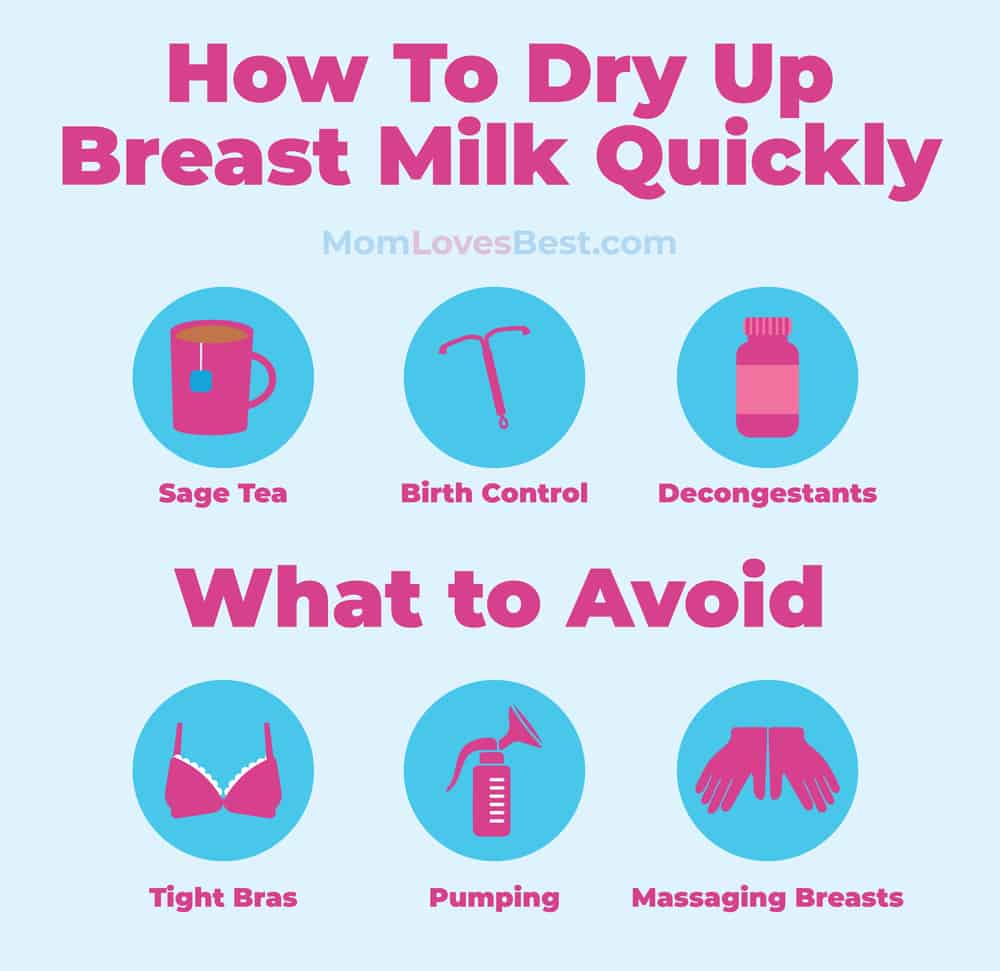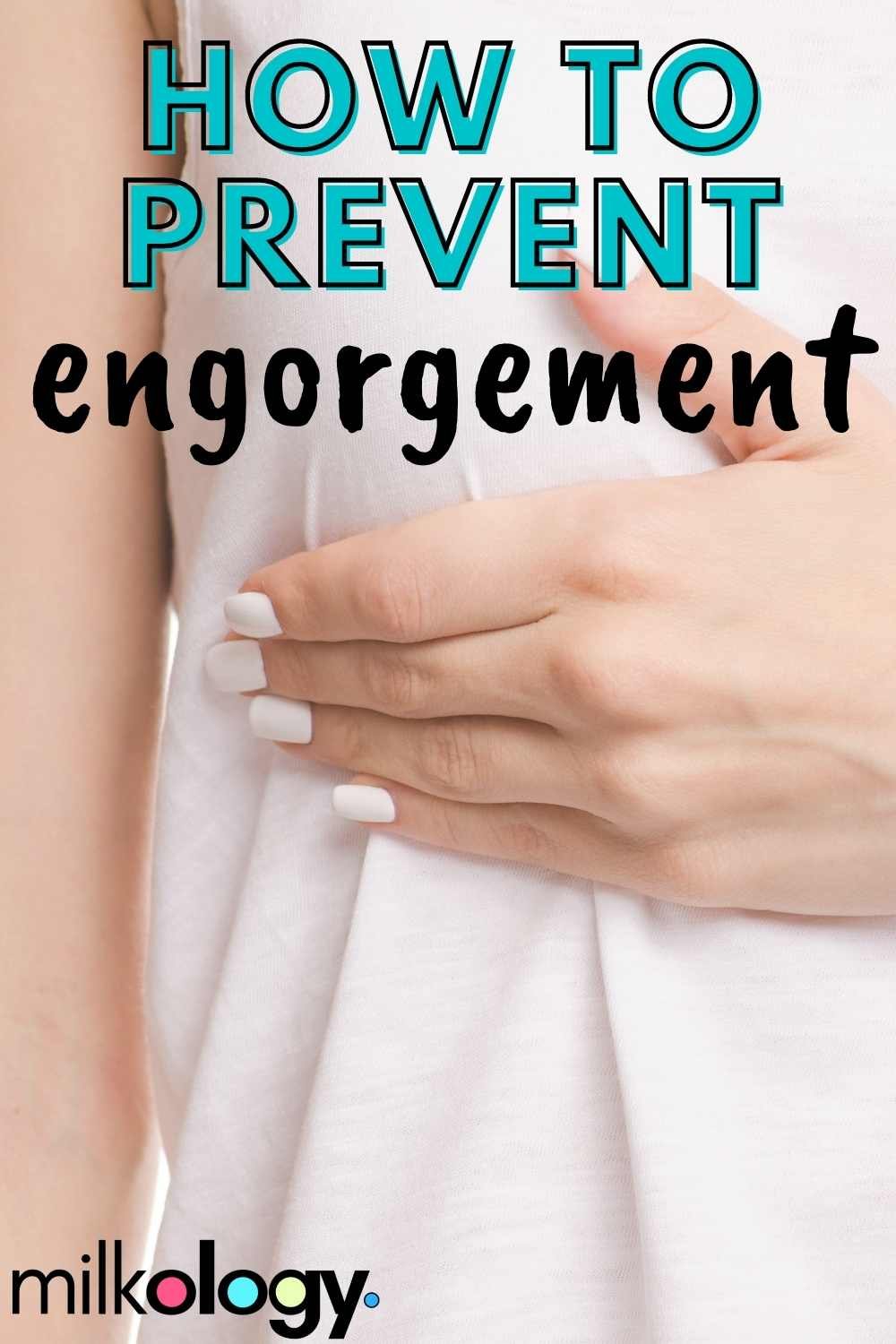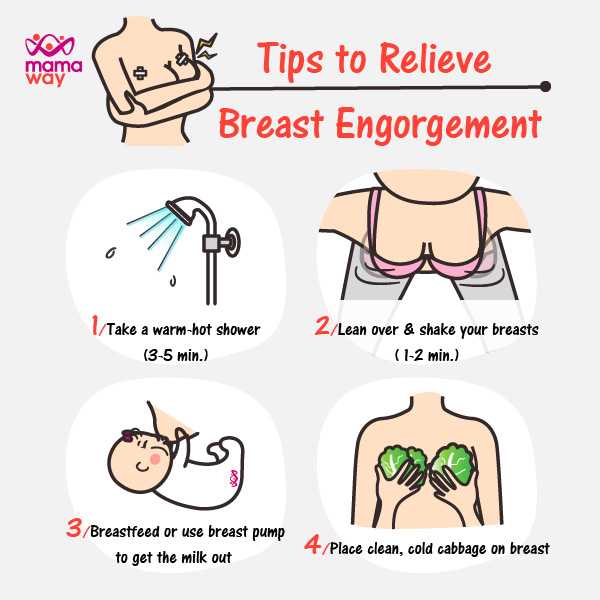Have A Tips About How To Avoid Breast Engorgement

You cannot prevent the swelling until your body adjusts and learns to regulate milk.
How to avoid breast engorgement. Firmly press back toward your chest and hold for 5. The best ways to avoid breast engorgement include: Using a warm compress, or taking a warm shower to encourage milk let down.
For those who are breastfeeding, treatments for breast engorgement include: Let your baby finish each breast before switching. If your baby skips more than one feeding, or you find yourself more than mildly engorged, keep.
Put 1 pointer finger, yours or a helper’s, flat on opposite sides of the nipple base (like at the 3 and 9 positions on a clock). Try to avoid using a breast pump. If you are only mildly engorged and not uncomfortable, try to just go back to sleep.
If your breasts are engorged, you should still breastfeed or pump milk from your breasts. Check out this article to. How to prevent breast engorgement.
Use a bag of frozen veggies as a compress. Breastfeeding often and according to your baby’s hunger cues; How to avoid breast engorgement.
However, you can prevent later. Remember to make an opening for your nipple first. Let the baby breastfeed on the first breast until it is soft before switching to the other breast.
You can prevent the breast engorgement even before it occurs. Feed your baby often and on demand (not by the clock) from birth, with at least 8 to 12 feeds in the first. You can’t prevent breast engorgement in the first days after giving birth.
However, to prevent breast engorgement from happening over and over for as long as the nursing phase lasts, follow these tricks: Pumping milk and storing it for further feedings is a useful thing to do but not the best if you want to reduce engorgement and even avoid it. Ways to prevent breast engorgement.
More time spent breastfeeding in the first 48 hours will reduce engorgement. In order to prevent engorgement, you’ll want to breastfeeding often. Engorgement is uncomfortable, and it can lead to other issues like plugged ducts or a breast infection.
It suggests an overfilled breast with breast milk and is a. How to treat breast engorgement. Luckily, most babies are more than willing to oblige.
/stop-breast-milk-production-medications-2371504-01-29f5997127614ed59849ec9bbffb83a9.png)



/cabbage-leaves-breastfeeding-and-breast-engorgement-431593_V2-01-a322877e1ee74178859269cfcbf6e840.png)





/common-problems-of-breastfeeding-431906_V2-bf276728921c43a5aeff4e0dde7696a5.png)



/cabbage-leaves-breastfeeding-and-breast-engorgement-431593_V2-01-a322877e1ee74178859269cfcbf6e840.png)



